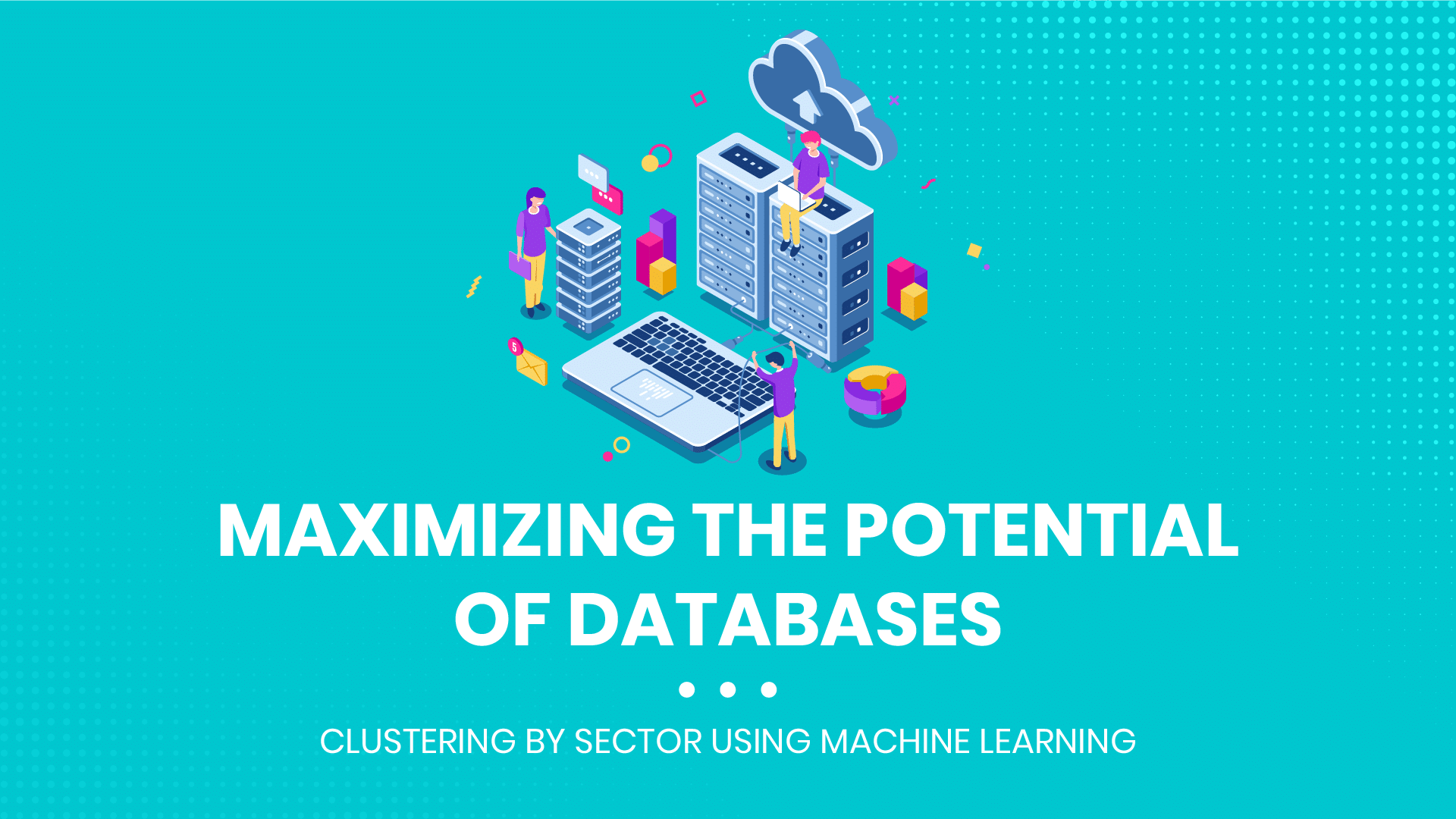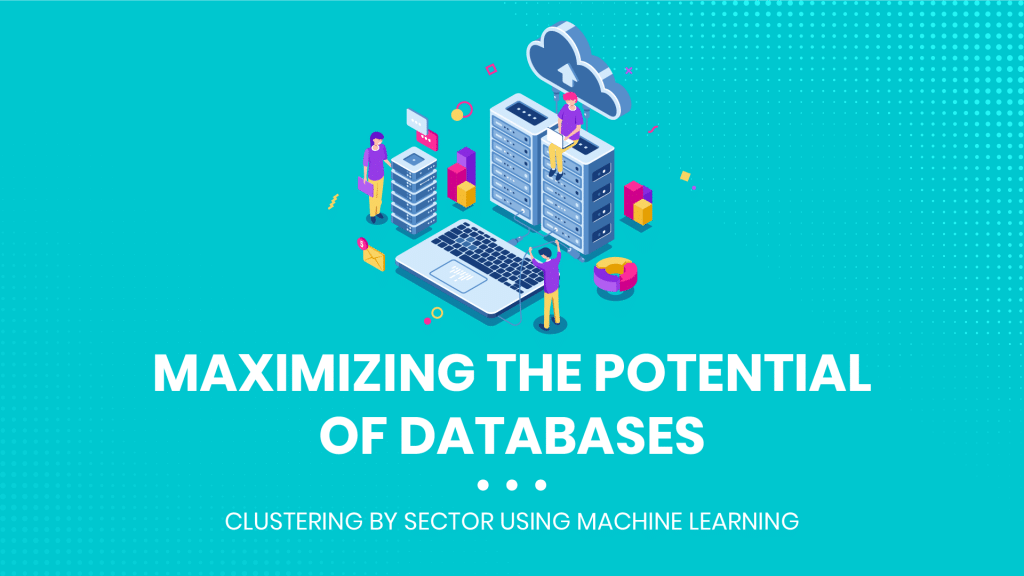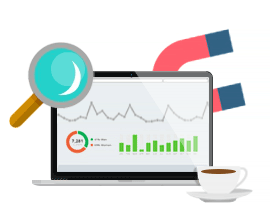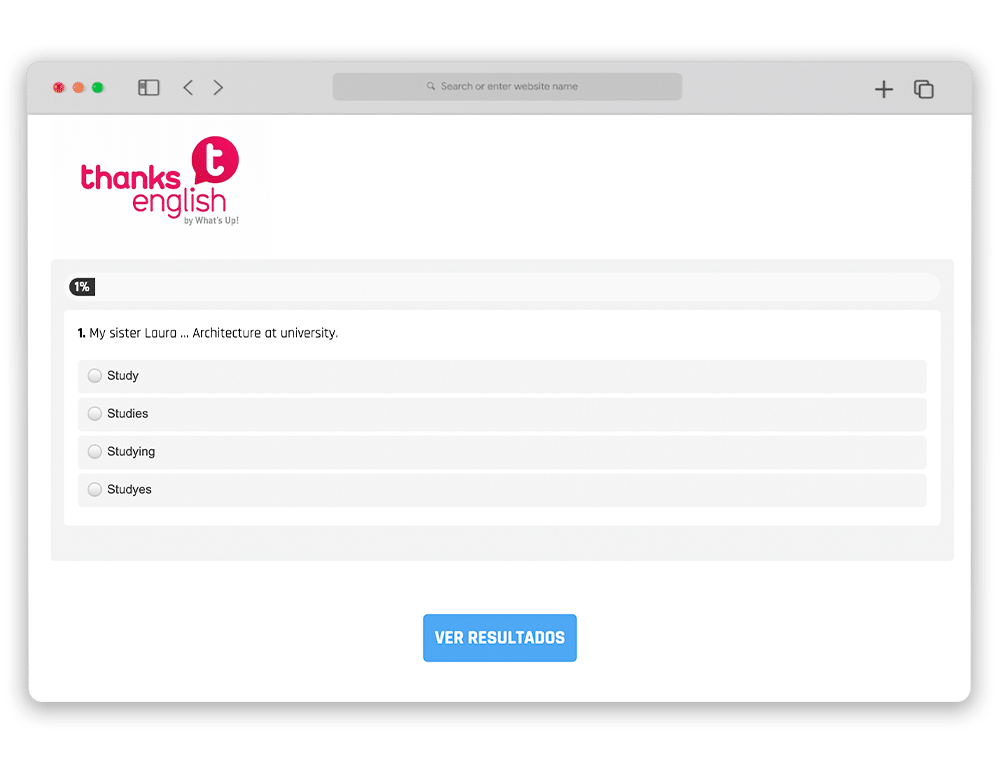In today’s digital era, with the advent of social media networks, online transactions, IoT sensors and a multitude of other data sources, companies are presented with growing volumes of information. For this reason, it is paramount to establish methods that allow for proper organization and segmentation of data. Clustering by sector through machine learning emerges as a revolutionary solution for database management, allowing companies to gain meaningful insights and enhance strategic decision-making. In this article, we’ll explore in depth how this technique can transform the way organizations understand and use their data.

Table of Contents
What is clustering by sector?
Grouping similar elements based on their shared characteristics, clustering by sector is an advanced machine learning technique that allows similar elements to be grouped based on their shared characteristics. In the context of databases, this means identifying hidden patterns and grouping records into segments or clusters based on specific attributes, such as geographic location,demographics, purchasing behavior, product preferences and more. Unlike traditional segmentation, which is often based on predefined criteria, clustering by sector uses sophisticated algorithms to discover natural clusters in the data, revealing insights that might otherwise go unnoticed.
Benefits of clustering by sector in databases
- Accurate and personalized segmentation: Clustering by sector allows for more precise and granular segmentation of databases. By grouping similar records into clusters, companies can identify customer segments with specific needs, preferences and behaviors. This makes it easier to customize marketing strategies, offer products and services tailored to each group, and create more relevant customer experiences. Accurate segmentation also helps companies identify underserved market niches and growth opportunities.
- Resource optimization and targeted campaigns: By segmenting databases by sector, companies can focus their efforts and resources more efficiently. Instead of taking a generic approach to all customers, they can tailor their marketing campaigns, communications and offers to each specific segment. This maximizes return on investment (ROI) by directing resources to the most responsive and relevant audiences, avoiding waste in less interested segments. Clustering by sector also helps to optimize the allocation of marketing budgets and measure the effectiveness of campaigns in each segment.
- Discovery of actionable insights: Clustering by sector goes beyond simple segmentation and reveals patterns and trends hidden in databases. These actionable insights can be used to make informed strategic decisions and guide business actions. By better understanding the characteristics, needs and behaviors of each segment, companies can tailor their product, service, pricing and distribution channel strategies to optimally meet market demands. The insights gained can also help predict future customer behavior, anticipate trends and identify risks and opportunities.
- Improved customer retention and loyalty: Clustering by sector enables companies to deeply understand their customers and adapt their retention and loyalty strategies accordingly. By identifying customer segments at high risk of abandonment or low loyalty, companies can implement customized retention programs, offer targeted incentives and improve the customer experience for each group. In addition, clustering can help identify high-value customer segments and develop up-selling and cross-selling strategies tailored to their needs and preferences.
Implementing vector clustering with machine learning
- Data collection and preparation: The first crucial step in implementing clustering by sector is to collect and prepare relevant data. This involves integrating information from various sources, such as internal databases, social networks, third-party data and more. It is important to ensure data quality and consistency by eliminating duplicates, addressing missing values and normalizing variables. In addition, the most significant characteristics or attributes should be selected for the clustering analysis, considering their relevance and discriminatory capacity.
- Selection of the clustering algorithm: There are several clustering algorithms in the field of machine learning, each with its own strengths and limitations. Some of the most popular include:
K-means: A simple and efficient algorithm that groups data into a predefined number of clusters based on similar characteristics.
DBSCAN: A density-based algorithm that identifies clusters arbitrarily and is capable of handling data with noise and outliers.
Hierarchical clustering: An approach that builds a hierarchy of clusters, allowing different levels of granularity in segmentation.
XGBoost: An algorithm based on unsupervised learning and decision trees.
The selection of the appropriate algorithm will depend on the characteristics of the data, the desired number of clusters, the required scalability and the specific objectives of the project.

Training and evaluation of the model
Once the algorithm is selected, the clustering model is trained using the prepared data. During training, the algorithm learns patterns and structures in the data, grouping similar records into clusters. It is important to adjust the hyperparameters of the model, such as the number of clusters or density thresholds, to obtain optimal results. In addition, evaluation metrics, such as internal cohesion (similarity within clusters) and inter-cluster separation (distance between clusters), should be used to assess the quality and validity of the results.
Interpretation and application of the results
Once the clusters have been obtained, it is essential to interpret and understand the characteristics and patterns of each segment. This involves analyzing the most relevant variables that define each cluster and extracting significant insights. The clustering results can be visualized using graphs and tables to facilitate understanding. From these insights, companies can develop specific strategies for each segment, adapt their offers, personalize communications and optimize resource allocation. Integrating the results of clustering into business processes, such as customer segmentation, personalizing marketing campaigns and optimizing the customer experience, allows the full potential of the data to be harnessed.
Clustering by sector using machine learning offers a powerful tool to maximize the potential of enterprise databases in the digital age. By grouping similar records into meaningful segments, companies can gain valuable insights, optimize their resources, personalize their strategies and offer more relevant and satisfying experiences to their customers. This technique enables accurate segmentation, identification of growth opportunities, optimization of marketing campaigns and improved customer retention and loyalty.

At CoRegistros, our team of data marketing experts is ready to help you harness the power of clustering by sector in your databases. With our advanced solutions based in machine learning, we can guide you through the entire process from data collection and preparation to implementation and application of results. Our personalized, results-oriented approach will allow you to gain a competitive advantage and drive your business growth in the digital age. Contact us today to discover how we can transform your data into tangible opportunities and take your data strategy to the next level. At CoRegistros, we are committed to your success in the data world!







